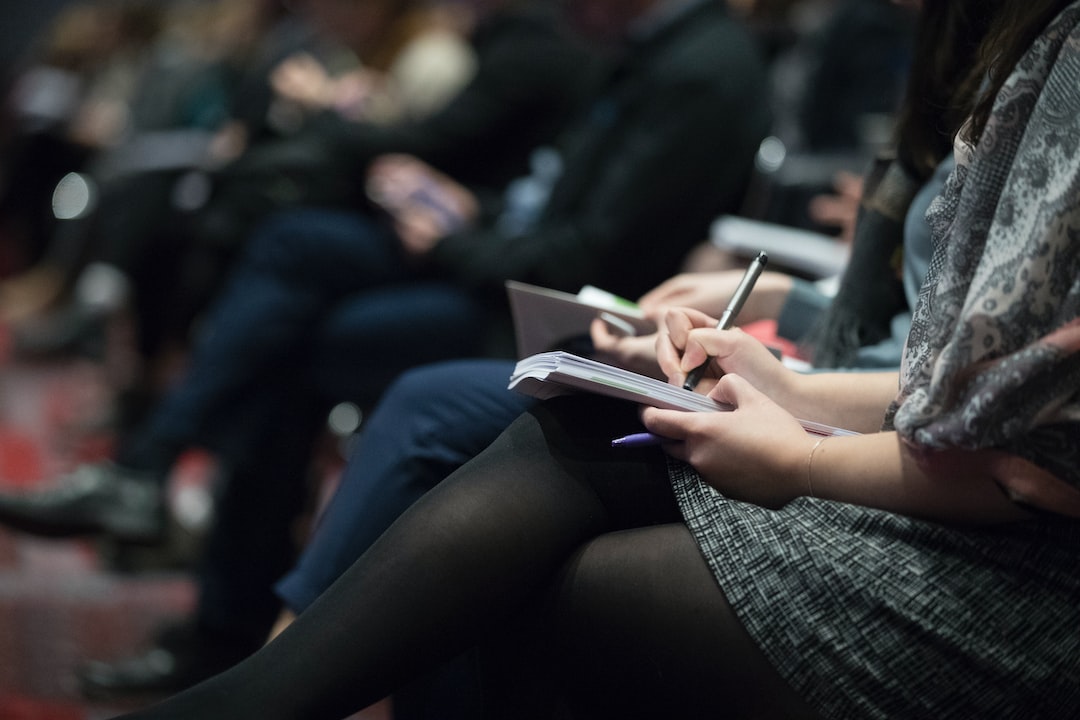The Battle Against Fake News: Fact-checking in the Digital Age
In today’s digital world, the spread of fake news has become a concerning issue. With the rise of social media platforms, information can be easily shared and disseminated, often without proper fact-checking. This phenomenon has led to a surge in fake news, which not only misleads the public but also has significant implications for society as a whole.
Fake news refers to false information presented as legitimate news. It can take the form of fabricated stories, misleading headlines, or manipulated facts. The consequences of fake news can be far-reaching, as it can shape public opinion, influence elections, and even incite violence. Therefore, it is crucial to combat the spread of fake news and promote fact-checking in the digital age.
Fact-checking is the practice of verifying the accuracy and reliability of information before accepting it as true. It involves researching and cross-referencing various sources to ensure that the information being presented is based on verifiable facts. Fact-checking plays a vital role in distinguishing credible news from misinformation or propaganda.
One of the challenges in the battle against fake news is the speed at which information spreads online. Social media platforms, such as Facebook and Twitter, have become breeding grounds for the rapid dissemination of information, both true and false. As stories get shared and reshared within seconds, it becomes increasingly difficult to stop the spread of fake news before it reaches a wide audience.
To counter this issue, fact-checking organizations have emerged to validate or debunk claims made in news articles and social media posts. They use a combination of investigative journalism, expert analysis, and evidence-based research to assess the accuracy of information. These fact-checkers aim to provide the public with reliable information and hold media outlets accountable for their reporting.
Several major news organizations and platforms have also taken steps to combat the spread of fake news. For instance, Facebook has implemented fact-checking mechanisms that flag potentially false information and reduce its distribution. Similarly, Twitter has introduced labels and warnings to highlight potentially misleading or disputed content. These efforts are a step in the right direction but need to be continually improved to effectively combat the spread of fake news.
However, the battle against fake news is not solely the responsibility of fact-checkers and social media platforms. Individuals also play a crucial role in curbing the spread of misinformation. It is essential for users to exercise critical thinking and fact-check information before believing and sharing it. Simple steps, such as checking the credibility of the source, examining multiple perspectives, and verifying facts with reputable sources, can go a long way in preventing the spread of fake news.
Education about media literacy and critical thinking should also be prioritized at schools and universities. By equipping individuals with the necessary skills to assess information critically, we can empower them to make informed decisions and become responsible consumers of news. Additionally, increased public awareness campaigns can help raise awareness about fake news and its potential consequences, encouraging people to scrutinize the information they encounter online.
In conclusion, the battle against fake news and the promotion of fact-checking are essential in the digital age. The rapid spread of misinformation has serious implications for society, and tackling this issue requires collaborative efforts from fact-checkers, social media platforms, and individuals. By embracing fact-checking practices and promoting media literacy, we can safeguard the credibility of news and empower individuals to make informed decisions based on reliable information.

